Did you know that the average Inheritance Tax (IHT) bill in the UK is a staggering £179,000? This eye-opening statistic highlights the significant impact that IHT can have on families and the importance of understanding the threshold and planning accordingly. In the UK, IHT is a tax levied on the estate (property, money, and possessions) of someone who has passed away. However, there are ways to minimise the burden and ensure that more of your assets can be passed on to your loved ones.
The current IHT threshold in the UK is £325,000. This means that any part of an estate valued above this amount is usually subject to a 40% tax rate, unless certain exemptions or reliefs apply. For many individuals, the prospect of their family having to pay a significant portion of their estate to the government can be a daunting one. Understanding the intricacies of IHT, including the various thresholds, exemptions, and planning strategies, is crucial for ensuring a smooth and tax-efficient transfer of wealth.
Whether you’re concerned about the impact of IHT on your parents’ house, or you’re wondering how much you can leave to your children without them having to pay tax, this article will provide you with the essential information you need to navigate the complex world of Inheritance Tax in the UK.
Overview of Inheritance Tax in the UK
Inheritance Tax is a significant consideration for many individuals in the United Kingdom. It is a tax levied on the estate (property, money, and possessions) of someone who has passed away. Understanding the key aspects of Inheritance Tax is crucial for effective estate planning and tax minimisation.
1. Definition of Inheritance Tax
Inheritance Tax is a tax charged on the value of an individual’s estate upon their death. This includes the value of their property, savings, investments, and other assets, minus any outstanding debts and certain exemptions or reliefs.
2. Threshold for Inheritance Tax
The current threshold for Inheritance Tax in the UK is £325,000. This is known as the nil rate band (NRB). Anything above this amount is typically charged at a rate of 40%, unless specific exemptions or reliefs apply.
3. Exemptions and Reliefs
There are various exemptions and reliefs available that can reduce the Inheritance Tax liability. These include gifts to spouses or civil partners, donations to charities and political parties, and Potentially Exempt Transfers (PETs) made during the deceased’s lifetime, provided the donor survives for at least 7 years after making the gift.
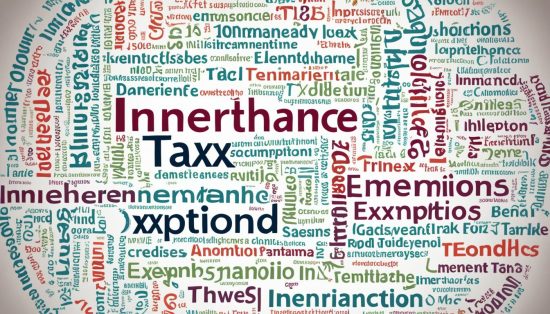
The Nil Rate Band (NRB)
The nil rate band (NRB), also known as the inheritance tax (IHT) threshold, is the amount up to which an estate has no IHT to pay. Each person’s estate can benefit from the NRB, which is currently set at £325,000 for 2024/25.
1. What is the NRB?
Any part of the estate up to the NRB threshold is chargeable to IHT at a rate of 0%, while any part that exceeds the NRB threshold is usually chargeable to IHT on death at 40%. The NRB applies to the taxable, non-exempt estate passing on death together with any taxable gifts made within the seven years before death.
2. Calculation of the NRB
The inheritance tax allowance and inheritance tax threshold amounts determine the NRB. Careful inheritance tax planning is essential to ensure compliance with the inheritance tax rules and maximise the available inheritance tax limits.
3. Impact on Taxable Estate
The NRB plays a crucial role in calculating the taxable estate and the resulting inheritance tax liability. Understanding the NRB and its application is key to effectively managing one’s inheritance tax calculator and minimising the overall tax burden.
The Residence Nil Rate Band (RNRB)
The residence nil rate band (RNRB) is an additional nil rate amount available on top of the NRB where the deceased left a residence, or the sale proceeds of a residence, to their direct descendants. The RNRB is £175,000 for 2024/25 and is reduced in the case of high value estates (gross value exceeding £2 million). The inheritance tax on property can be mitigated through effective inheritance tax planning and understanding the applicable inheritance tax rules.
The RNRB can be complex to apply, especially in cases where the deceased downsized their home prior to death. In such situations, professional advice is recommended to ensure compliance with the relevant regulations and to maximise the available tax relief.
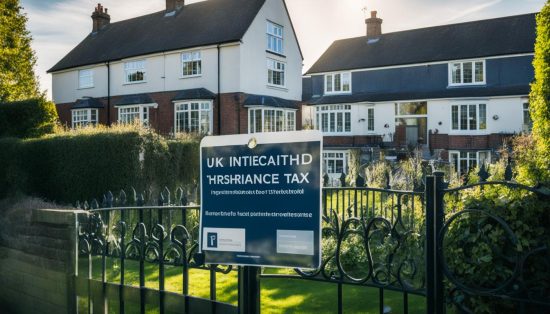
Transferring Unused Nil Rate Bands
For married couples and civil partners in the United Kingdom, it is possible to transfer any unused proportion of the Nil Rate Band (NRB) and Residence Nil Rate Band (RNRB) from the first spouse or civil partner to their survivor. This means that any part of the NRB and/or RNRB that is not used when the first spouse or civil partner passes away can be transferred to the surviving spouse or civil partner for use on their later death.
Between Spouses and Civil Partners
Where Her Majesty’s Revenue and Customs (HMRC) accepts a claim to transfer unused NRB and RNRB, the bands that are available when the surviving spouse or civil partner dies are increased by the proportion of the bands unused on the first death. This can potentially allow an estate of up to £1 million to be left Inheritance Tax (IHT) free, provided the specific RNRB conditions are met.
Conditions for Transfer
The transfer of unused NRB and RNRB is subject to certain conditions, such as the deceased’s estate being valued below the IHT threshold, and the survivor being the deceased’s spouse or civil partner at the time of death. Professional advice is recommended to ensure the proper procedures are followed and all relevant criteria are met.
Potential Combined Allowance
By utilising the ability to transfer unused NRB and RNRB between spouses and civil partners, the total potential combined allowance can be significantly increased. This can prove invaluable in inheritance tax planning and ensuring that more of the estate passes to the intended beneficiaries, rather than to the government in the form of inheritance tax.
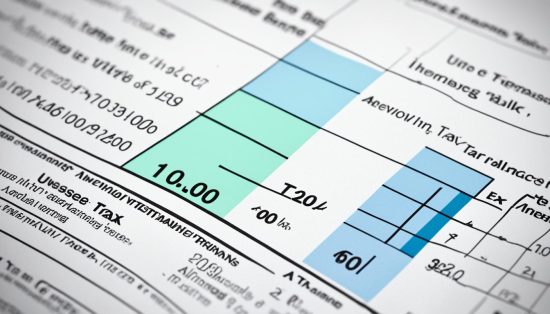
What is the Threshold for Inheritance Tax in the UK?
The current Inheritance Tax threshold in the UK is £325,000. This is known as the nil rate band (NRB). Anything above this amount is usually charged at 40% Inheritance Tax, unless certain exemptions or reliefs apply.
An additional Residence Nil Rate Band (RNRB) of up to £175,000 may also be available where the deceased left a residence to their direct descendants. The total potential combined allowance for a married couple or civil partners is therefore up to £1 million, provided the specific RNRB conditions are met.

1. Exempt Gifts and Transfers
Certain gifts and transfers are exempt from Inheritance Tax, either during the deceased’s lifetime or on death. These include inheritance tax gifts to UK-domiciled spouses or civil partners, gifts to UK charities and registered community amateur sports clubs, and gifts to UK political parties.
2. Gifts to Spouses and Civil Partners
Gifts made to a UK-domiciled spouse or civil partner, either during the deceased’s lifetime or on death, are exempt from Inheritance Tax. This allows couples to pass on their wealth to each other without incurring any tax liabilities.
3. Gifts to Charities and Political Parties
Charitable donations and gifts to UK political parties are also exempt from Inheritance Tax. This inheritance tax avoidance measure encourages individuals to support important causes and organisations through their estate planning.
4. Potentially Exempt Transfers (PETs)
Potentially Exempt Transfers (PETs) made during the deceased’s lifetime may also be exempt from Inheritance Tax if the donor survives for 7 years after making the gift. This is a valuable inheritance tax exemptions that can be used to reduce the overall tax burden on an estate.
Inheritance Tax on Lifetime Gifts
When it comes to Inheritance Tax, the gifts an individual makes during their lifetime can have a significant impact on the final tax liability. If the deceased made any gifts that are considered Potentially Exempt Transfers (PETs), these may become chargeable to Inheritance Tax if they die within 7 years of making the gift.
Failed PETs
These ‘failed PETs’ are included in the calculation of the taxable estate, although the recipient can use any available exemptions to reduce the value. For example, if the deceased made a gift of £100,000 to their child 6 years before their death, and the estate is otherwise worth £500,000, the gift would be added back to the estate, making the total value £600,000. The Inheritance Tax would then be calculated on the entire £600,000 estate, rather than just the £500,000.
1. Record-keeping and Notifications
The deceased’s personal representatives must keep a record of all PETs made within the 7 years prior to death. However, there is no need to notify HM Revenue & Customs (HMRC) at the time the gifts are made. This information is only required when submitting the Inheritance Tax return after the individual’s death.
Careful planning and record-keeping are essential when it comes to inheritance tax on property, inheritance tax gifts, and inheritance tax avoidance. By understanding the rules around PETs and other lifetime transfers, individuals can take steps to minimise the Inheritance Tax liability for their loved ones.
Calculating Inheritance Tax
To determine the Inheritance Tax due on an estate, the first step is to establish the total value of the estate, including any assets and gifts made within the 7 years prior to death. From this figure, any exempt transfers and reliefs are deducted to arrive at the taxable estate value.
1. Taxable Estate Value
The taxable estate value is the amount that is subject to Inheritance Tax. It is calculated by taking the total value of the estate and subtracting any exempt transfers and reliefs that may apply, such as gifts to spouses, civil partners, charities, or political parties.
2. Tax Rates and Thresholds
The standard Inheritance Tax rate is 40%, and this is applied to the amount of the estate that exceeds the nil rate band threshold of £325,000 (plus any available Residence Nil Rate Band). So, for example, if the taxable estate value is £425,000, the Inheritance Tax due would be 40% of £100,000, which is £40,000.
Impact of Charitable Bequests
If 10% or more of the net estate is left to charity, a reduced Inheritance Tax rate of 36% may apply to the remainder of the estate above the nil rate band threshold. This can provide an incentive for individuals to leave a significant portion of their estate to charitable causes.
Due to the complexity of Inheritance Tax calculations, professional advice is strongly recommended to ensure compliance with the rules and maximise tax efficiency.
Conclusion
Inheritance Tax in the UK can be a complex area, with various thresholds, exemptions, and reliefs to consider. The current nil rate band (NRB) threshold is £325,000, above which Inheritance Tax is charged at 40%. An additional Residence Nil Rate Band (RNRB) of up to £175,000 may also be available. Careful inheritance tax planning, including making use of available exemptions and transferring unused allowances, can help minimise the Inheritance Tax payable on an estate.
To ensure compliance with the inheritance tax rules and maximise tax efficiency, professional advice is strongly recommended. By understanding the various Inheritance Tax thresholds, exemptions, and reliefs, individuals and their families can explore effective inheritance tax avoidance strategies and protect their assets for future generations.
Overall, navigating the complexities of Inheritance Tax in the UK requires a thorough understanding of the relevant legislation and a proactive approach to estate planning. By staying informed and seeking professional guidance, individuals can make informed decisions and minimise the tax burden on their loved ones.
FAQ
1. What is the threshold for inheritance tax in the UK?
The current inheritance tax threshold in the UK is £325,000. Anything above this amount is usually charged at 40% inheritance tax, unless certain exemptions or reliefs apply.
2. Will I pay inheritance tax on my parents’ house?
It depends on the value of your parents’ estate. If the total value is above the £325,000 threshold, then inheritance tax may be payable on the amount above the threshold, unless certain exemptions or reliefs apply.
3. What is the 7 year rule in inheritance tax?
The 7 year rule refers to potentially exempt transfers (PETs) made during the deceased’s lifetime. If the donor dies within 7 years of making the gift, the gift may become chargeable to inheritance tax, depending on the value of the estate.
4. Can I give my house to my son to avoid inheritance tax?
Gifting your house to your son may help reduce inheritance tax, but there are specific rules around this. The gift would be considered a potentially exempt transfer, and if you die within 7 years, the value of the house could still be included in your taxable estate.
5. Do I have to pay inheritance tax on my parents’ house in India?
The inheritance tax rules in India are different from the UK. Whether you would need to pay inheritance tax on your parents’ house in India would depend on the specific Indian inheritance tax laws and the value of the estate.
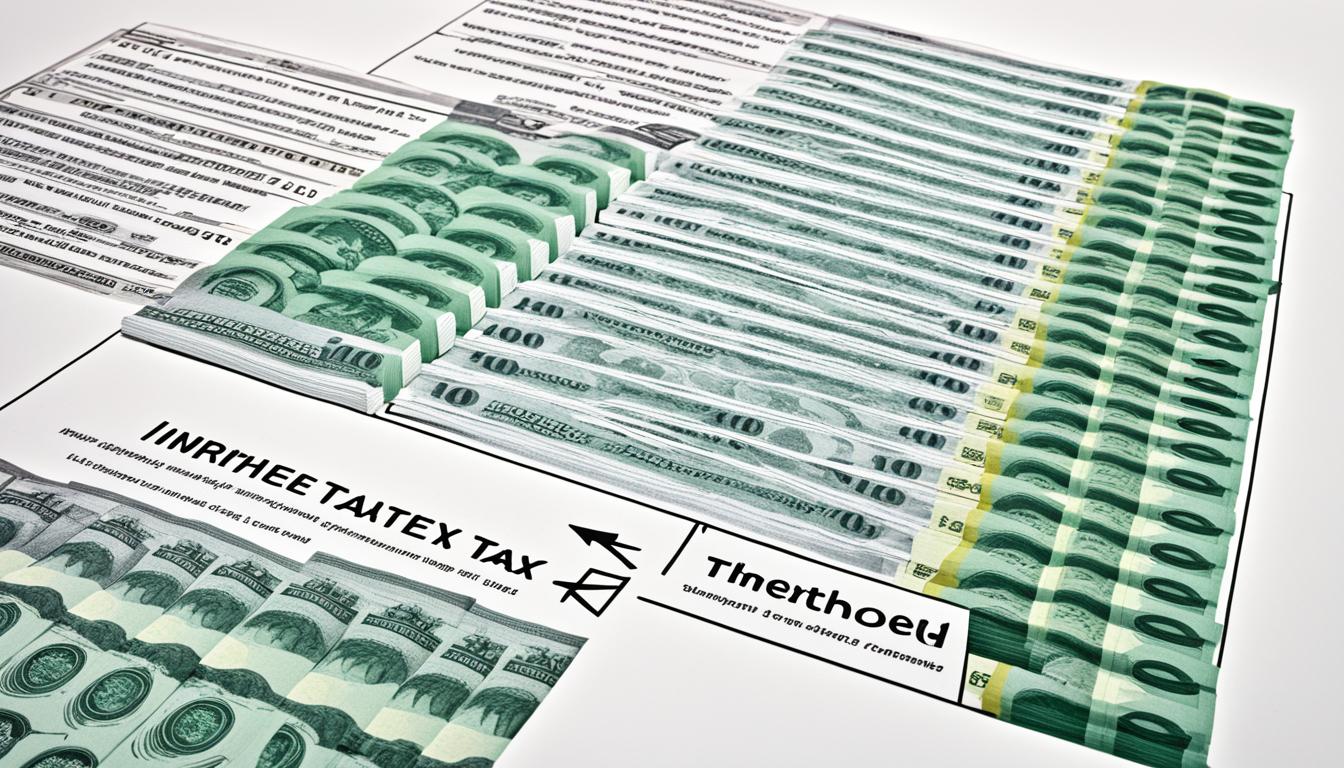











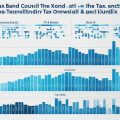







No Comments
Leave a comment Cancel